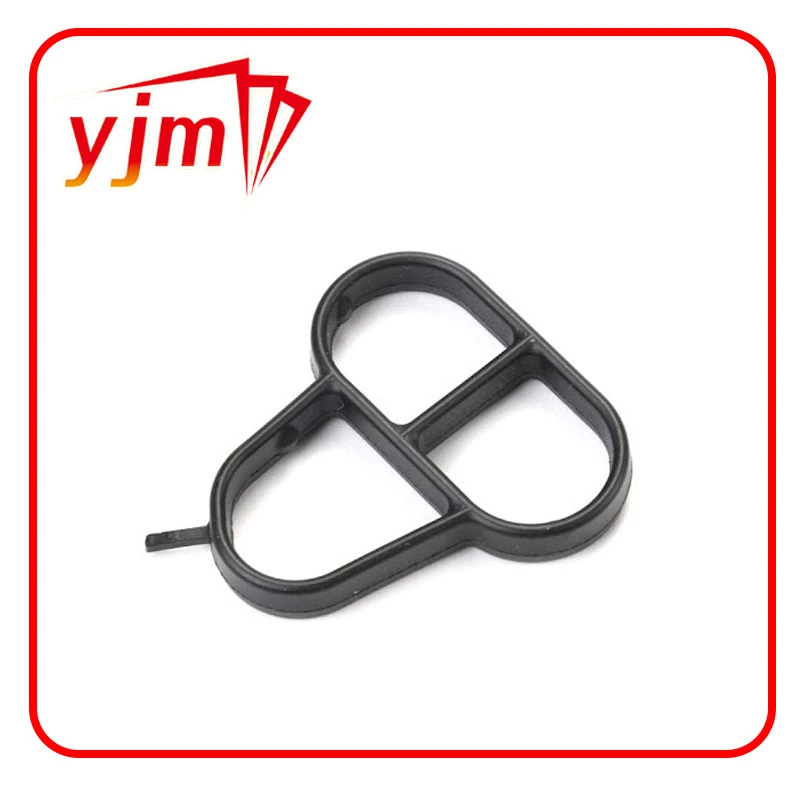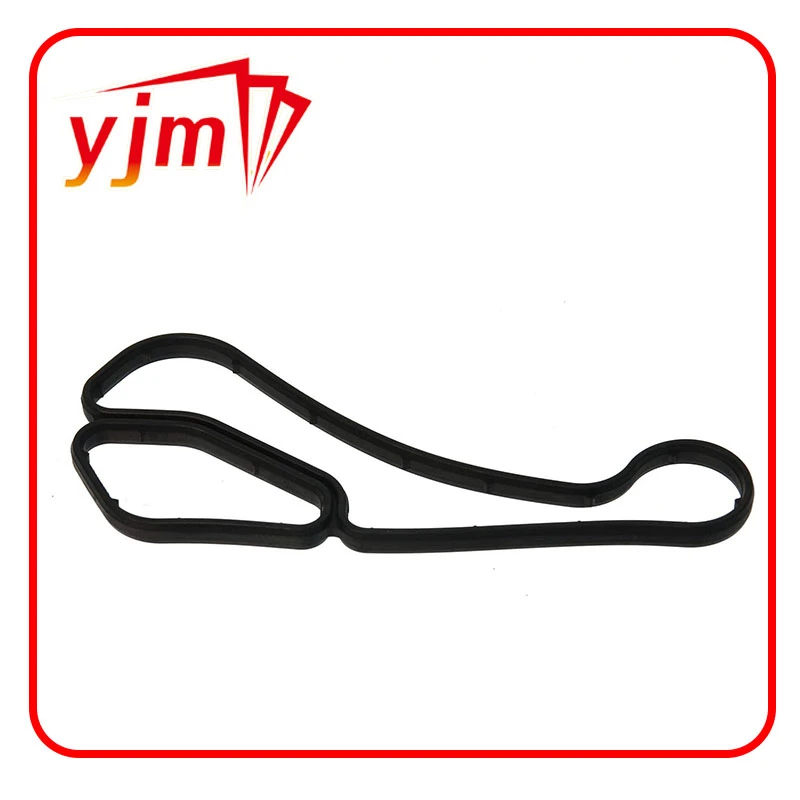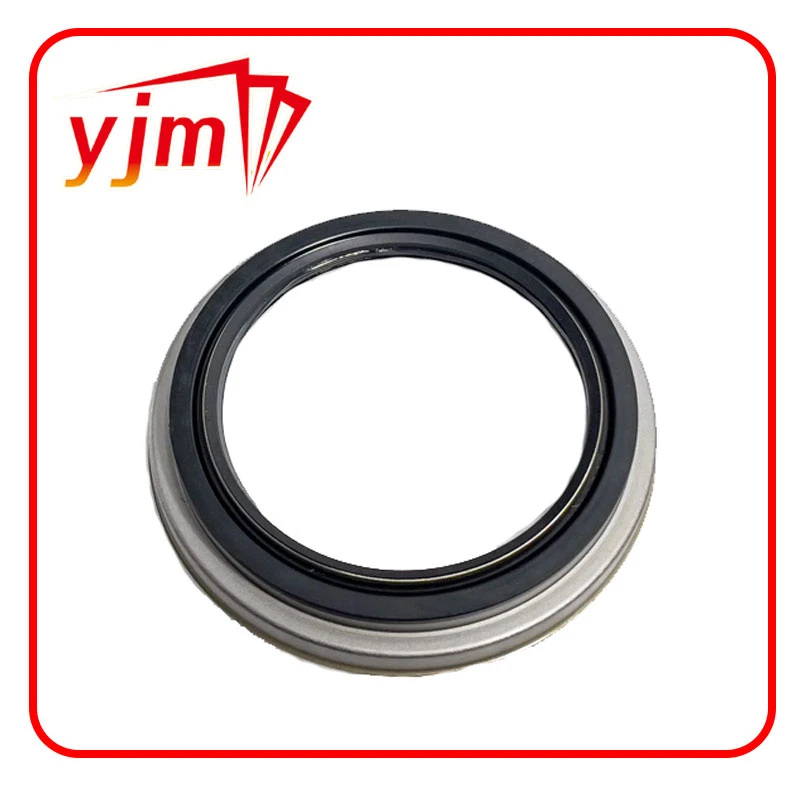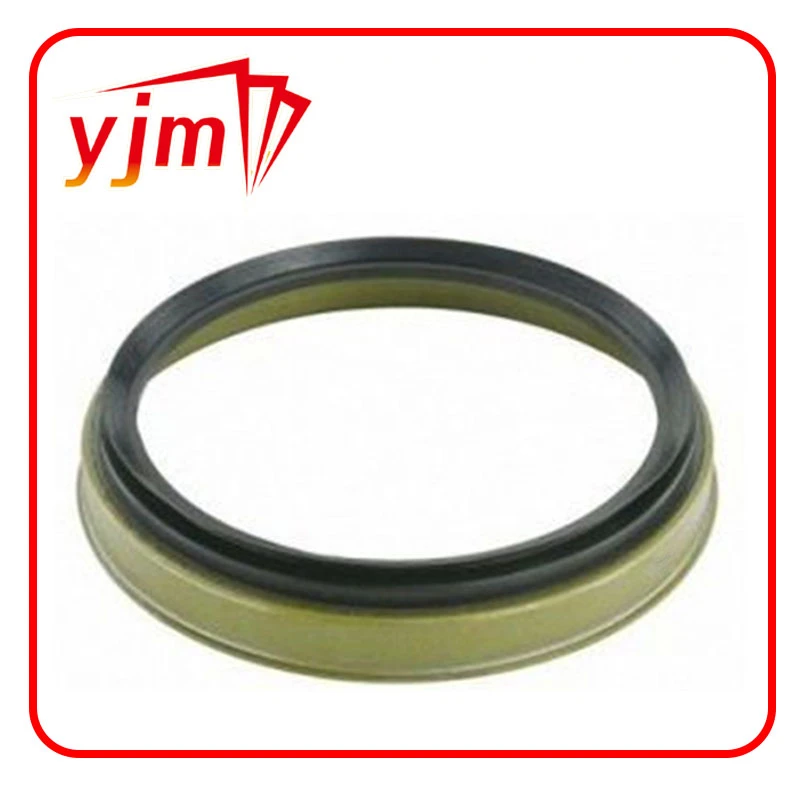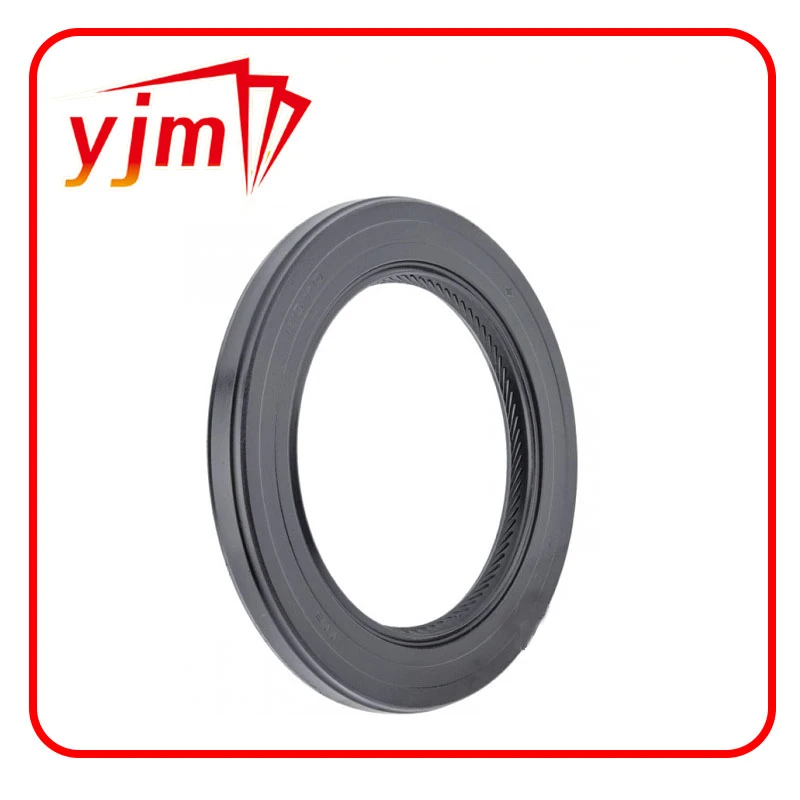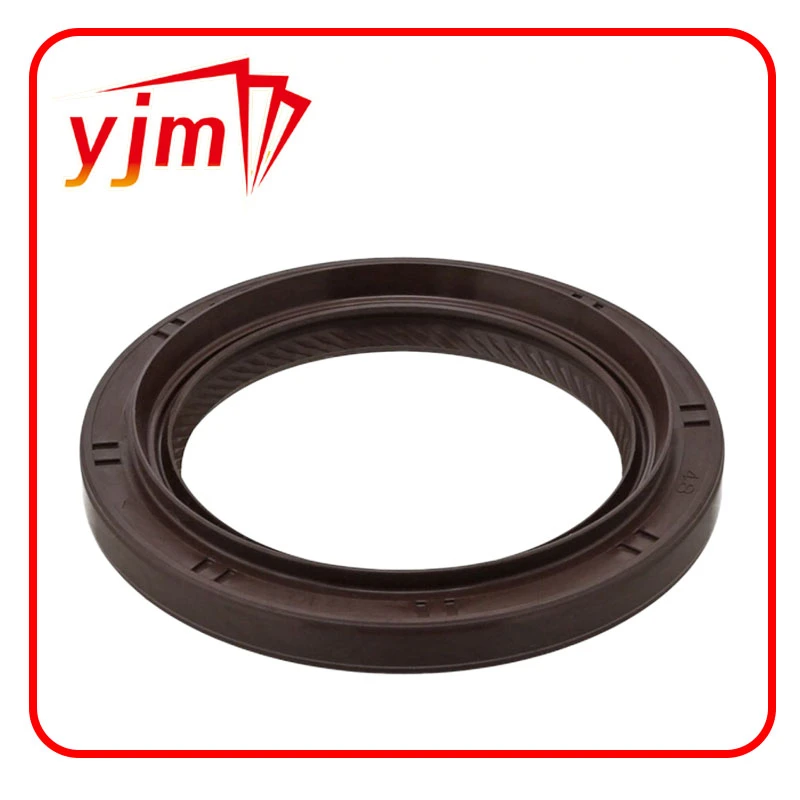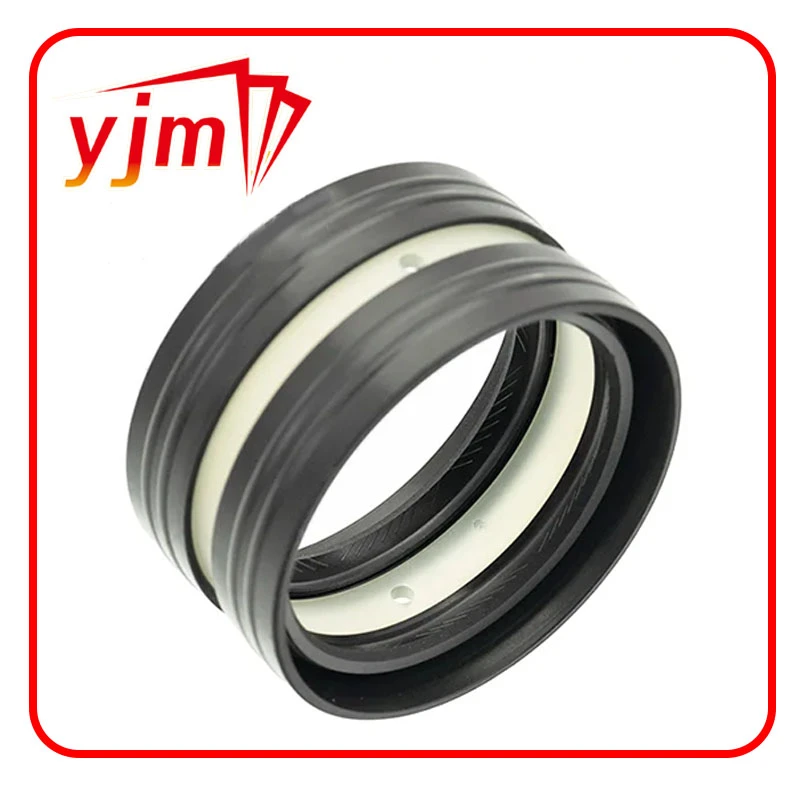The Complete Guide to Flat Gaskets: Types, Materials, and Applications
Gaskets are crucial components in mechanical systems, ensuring leak-proof sealing between two mating surfaces. Among various types, gasket flat designs are widely used across industries due to their versatility, ease of installation, and reliability. Understanding the differences between gasket flat face, non metallic flat gasket, PTFE flat gasket, round flat rubber gasket, and rubber flat gasket is essential for engineers, maintenance professionals, and designers seeking effective sealing solutions.
Understanding Flat Gaskets and Their Function
A gasket flat is a thin, flat material placed between two surfaces to prevent leakage of liquids or gases. Unlike complex-shaped or spiral-wound gaskets, flat gaskets rely on compression and material properties to create a tight seal. They are commonly used in piping systems, engines, pumps, and industrial machinery.
The gasket flat face design is specifically engineered to match flat mating surfaces, providing maximum contact area. This ensures uniform compression, minimizing the risk of leaks even under high-pressure or high-temperature conditions. The simplicity of a flat gasket makes it easy to manufacture, cost-effective, and suitable for various materials, including rubber, PTFE, graphite, and other non-metallic compounds.
Non metallic flat gaskets are particularly popular because they resist corrosion, chemical attacks, and thermal degradation. They are often used in applications where metallic gaskets might fail due to corrosion or reactivity with fluids. By choosing the correct material and thickness, non-metallic flat gaskets can maintain an effective seal over extended periods.
Types of Flat Gaskets and Their Applications
Flat gaskets come in several types depending on the material, shape, and application requirements. Choosing the right type ensures leak prevention, system reliability, and safety.
PTFE Flat Gasket
A PTFE flat gasket is made from polytetrafluoroethylene, a chemically inert and highly durable material. PTFE gaskets are ideal for applications involving corrosive fluids, high temperatures, and extreme chemical environments. They are widely used in the chemical, pharmaceutical, and food processing industries due to their non-reactive properties and long service life.
Round Flat Rubber Gasket
The round flat rubber gasket is a flexible sealing solution commonly used in plumbing, automotive, and hydraulic systems. Its round shape allows for easy installation around bolts, pipes, or cylindrical fittings. Rubber gaskets are particularly effective at absorbing vibration, accommodating surface irregularities, and providing a resilient seal under dynamic conditions.
Rubber Flat Gasket
A rubber flat gasket is versatile and available in various materials such as NBR (nitrile), EPDM, and silicone. These gaskets are suitable for water, oil, and air sealing applications. They are durable, easy to replace, and provide a reliable seal in moderate temperature and pressure environments. Rubber flat gaskets are often preferred for applications where flexibility and resilience are more important than extreme chemical or temperature resistance.
Non Metallic Flat Gasket
Non metallic flat gaskets include materials like graphite, PTFE, and compressed fiber. These gaskets are chosen for their resistance to chemical attack, corrosion, and thermal degradation. They are commonly used in flange connections, pumps, heat exchangers, and valves where metallic gaskets may not provide reliable sealing or may react with the fluid.
Selecting and Installing Flat Gaskets
Proper selection and installation of a gasket flat are crucial for effective sealing and long-term performance.
Selection Criteria
Material Compatibility: Choose a gasket material compatible with the fluids, temperature, and pressure in your system. For chemical resistance, PTFE flat gaskets are ideal. For flexibility and vibration absorption, rubber flat gaskets or round flat rubber gaskets are suitable.
Surface Finish: Ensure the mating surfaces are clean and smooth. A gasket flat face requires a flat, even surface for optimal sealing. Rough or uneven surfaces can cause leaks and reduce gasket life.
Thickness and Dimensions: Selecting the correct thickness ensures proper compression. Too thin a gasket may not seal effectively, while an overly thick gasket may be compressed unevenly, leading to leaks.
Non Metallic vs. Rubber: Non metallic flat gaskets are best for high-pressure, chemical, or thermal applications, while rubber flat gaskets excel in vibration-prone environments or lower pressure systems.
Installation Tips
Clean mating surfaces thoroughly to remove debris, oil, or old gasket material.
Position the gasket carefully on the flat face to avoid misalignment.
Apply even torque when tightening bolts to ensure uniform compression of the gasket.
Avoid over-tightening, which can damage rubber flat gaskets or deform PTFE flat gaskets.
For round fittings, ensure round flat rubber gaskets are seated properly without twisting.
By following these guidelines, flat gaskets can maintain a long-lasting, leak-proof seal and prevent costly maintenance issues.
Advantages of Using Flat Gaskets
Gasket flat designs offer several advantages that make them a preferred choice across industries:
Versatility: Suitable for flanges, pipes, engines, and valves.
Cost-Effective: Easy to manufacture and replace.
Reliable Sealing: Provides uniform compression for leak prevention.
Material Options: Available in rubber, PTFE, graphite, and other non-metallic materials to suit different applications.
Easy Installation: Simple design reduces installation errors and maintenance time.
Specifically, PTFE flat gaskets offer chemical resistance and longevity, while rubber flat gaskets and round flat rubber gaskets provide flexibility and vibration absorption. Non-metallic options are ideal for high-temperature and corrosive environments, ensuring durability and safety.
Flat gaskets, including gasket flat, gasket flat face, non metallic flat gasket, PTFE flat gasket, round flat rubber gasket, and rubber flat gasket, are essential for leak-proof sealing in a variety of mechanical and industrial applications. Choosing the right type, material, and dimensions is critical to ensure reliability, prevent leaks, and extend system life.
Whether you are sealing a flange connection, a hydraulic system, or an automotive engine, understanding the properties and applications of different flat gaskets allows for efficient, safe, and cost-effective maintenance. Investing in high-quality gaskets and following proper installation techniques guarantees that your systems remain secure, durable, and leak-free over time.
-
Seal 12x20x5: Precision Radial Shaft Seals for Industrial Reliability
Xəbərlər Nov.24,2025
-
Seal 12x18x5: Essential Guide to Specifications, Applications & Vendors
Xəbərlər Nov.24,2025
-
Understanding Seal 12 20 5: Applications, Specifications & Industry Insights
Xəbərlər Nov.23,2025
-
Durable Oil Seal 85x110x12 – Reliable Sealing Solutions for Industry
Xəbərlər Nov.23,2025
-
Durable and Precise Oil Seal 75x95x10 for Efficient Machinery | YJM Seal
Xəbərlər Nov.22,2025
-
Durable Oil Seal 75x100x10 for Reliable Industrial Performance | YJM Seal
Xəbərlər Nov.22,2025
-
High-Quality Oil Seal 65x90x10 | Durable & Reliable Sealing Solutions
Xəbərlər Nov.22,2025
Məhsul kateqoriyaları

